Ebisu-sama, the god of prosperous business, is widely adored in Japan. The "Ebisu-ko" festival, which honors Ebisu-sama, is a traditional event celebrated across the country. This festival, which people participate in to pray for good fortune in business, bountiful harvests, and household safety, has deep historical roots and is closely tied to Japanese faith. In this article, we'll introduce the origins of Ebisu-ko, the unique features of regional celebrations, and recommend some must-visit events that will make you want to experience it for yourself.
What is the Origin of Ebisu-ko?
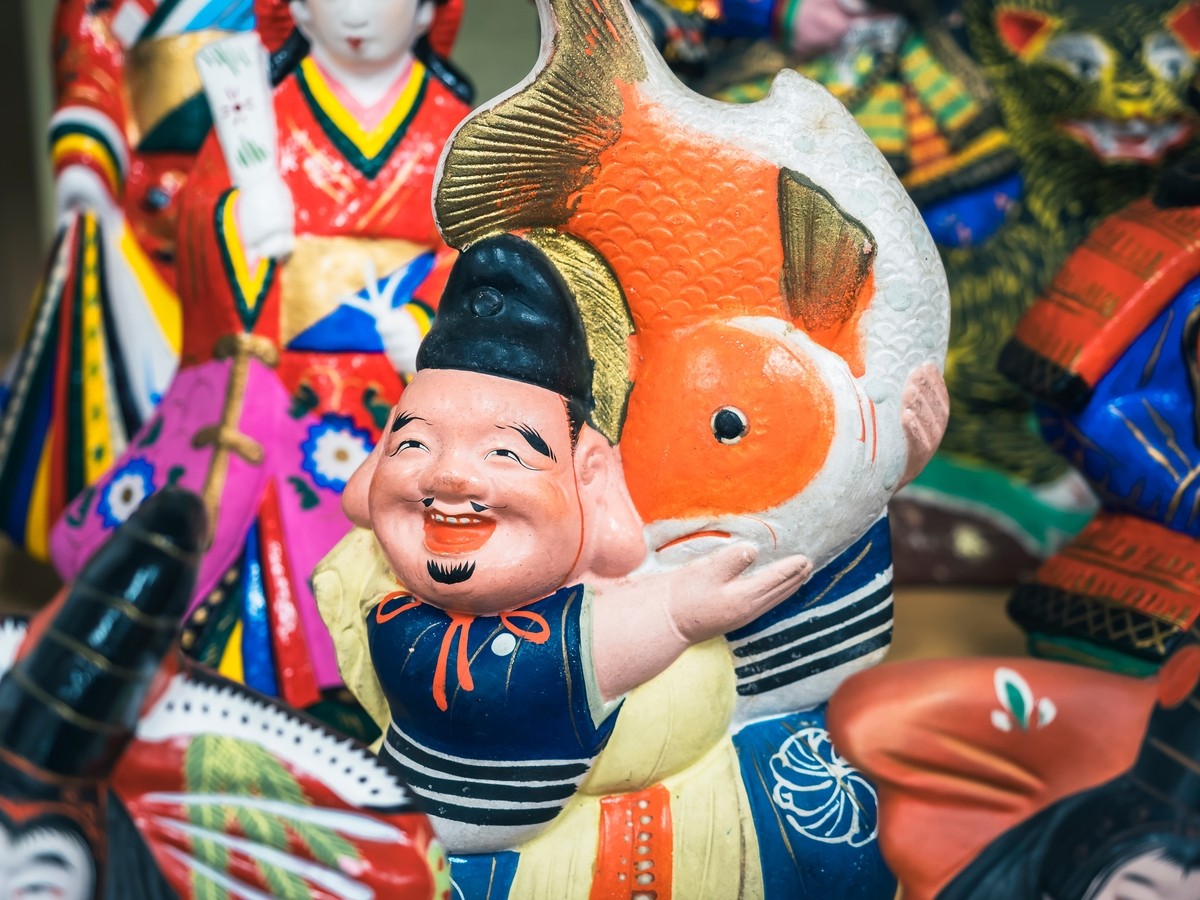
There are several theories about the origin of the Ebisu-ko festival, but the most common one is linked to the "Kami-nazuki" legend. The tenth month of the traditional Japanese calendar is called "Kami-nazuki" (literally "Month Without Gods"), during which all the gods are believed to gather at Izumo Taisha Shrine in Shimane Prefecture.
During this period, Ebisu-sama is said to have stayed behind to protect the people and their homes. To show their gratitude and to pray for success in business and a good harvest, people started holding the Ebisu-ko festival.
Are "Ebisu-ko" and "Tori-no-Ichi" Related?
Although both Ebisu-ko and Tori-no-Ichi festivals are well-known for praying for prosperous businesses and feature the same lucky charm (the "kumade," a rake symbolizing good fortune), they are actually two distinct celebrations.
| Feature | Ebisu-ko | Tori-no-Ichi |
| Deity | Ebisu-sama | Yamato Takeru (Japanese Emperor) |
| Origin | Kami-nazuki legend, gratitude to Ebisu-sama | Prayer for victory in the war of Japan warriors |
| Region | Nationwide | Kanto Region |
| Time of Year | Tenth month of the old lunar calendar (around November) | The day of the rooster (between November and December) |
The Mysterious Ebisu-sama: The Only Japanese God Among the Seven Lucky Gods
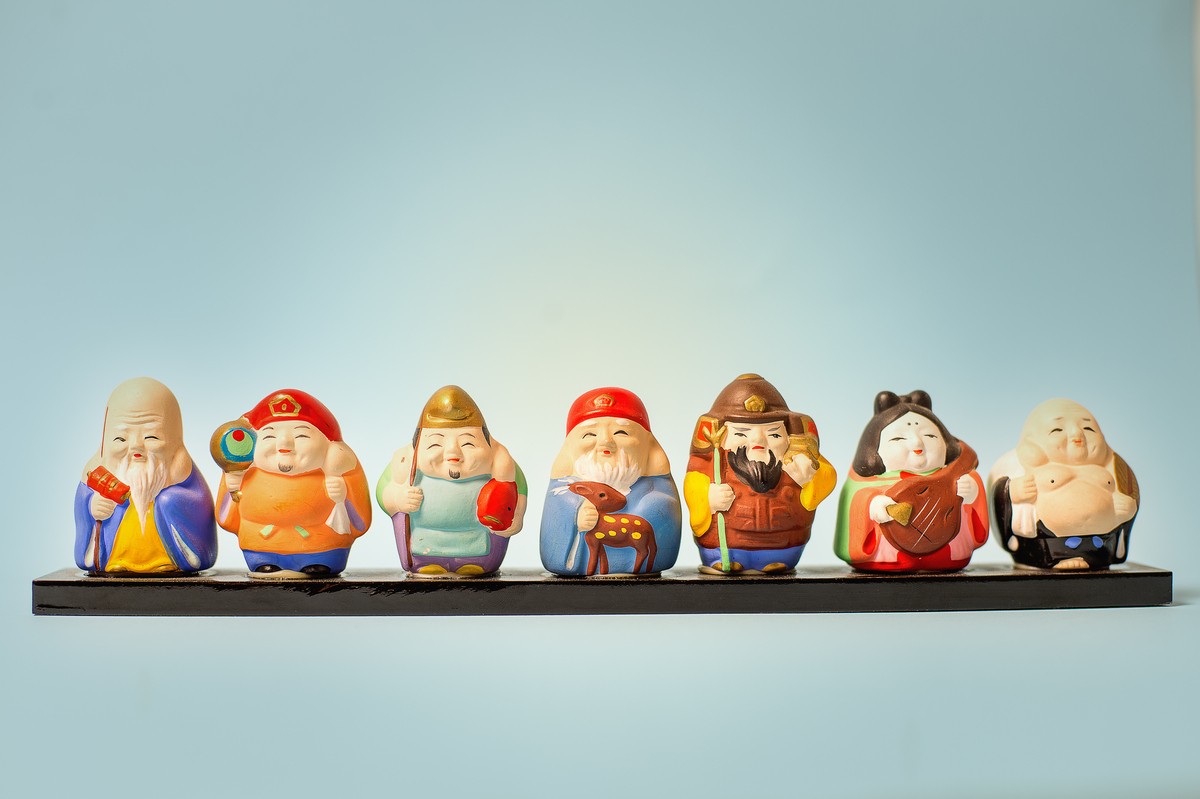
Ebisu-sama is widely revered as a traditional god of good fortune in Japan and is also one of the Seven Lucky Gods. He is often depicted with a distinctive smile, holding a fishing rod and carrying a tai (sea bream) in his arms. However, there was also a time when he was considered an incarnation of a whale.
Additionally, the character "Ebisu" has been written using various kanji forms such as 戎, 夷, 恵比寿, 蛭子, and others. Despite his popularity, he is not mentioned in the ancient texts like the "Kojiki" or "Nihon Shoki," leading to theories that Ebisu-sama could be associated with the ancient deities Hiruko-no-kami or Kotoshironushi-no-kami.
Differences Between "Hatsuka Ebisu" (20th Ebisu) in the Kanto Region and "Toka Ebisu" (10th Ebisu) in the Kansai Region
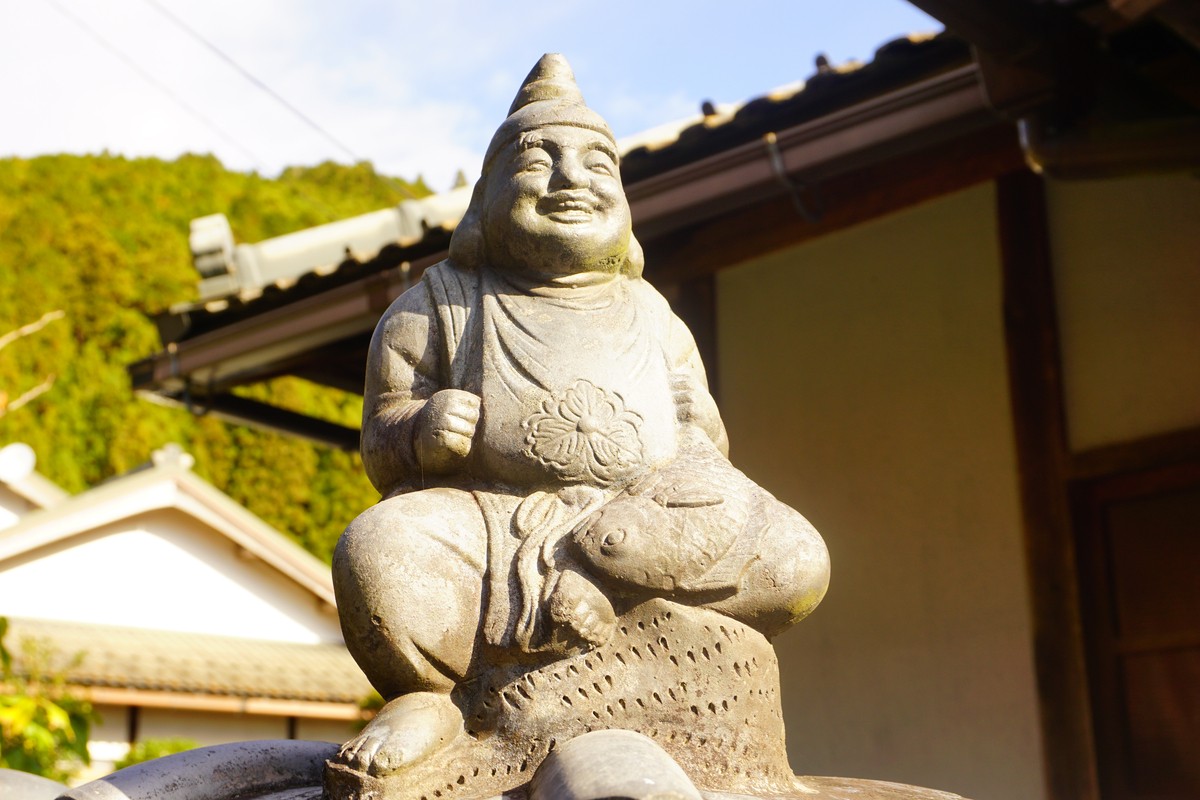
Both "Hatsuka Ebisu" and "Toka Ebisu" are festivals that honor Ebisu-sama, but they are held on different dates and have unique characteristics depending on their regions.
Hatsuka Ebisu
Hatsuka Ebisu is a festival mainly celebrated in the Kanto region, held around the 20th day of the 10th month of the old lunar calendar (around November 20th in the new calendar). In some areas, it is also celebrated on January 20th.
In the mid-Edo period, before the Ebisu-ko festival, a market was held to sell offerings like fish and vegetables. Among the offerings, "bettara-zuke," a type of pickled daikon radish made with sweet syrup and rice malt, became famous, leading to the market being called "Bettara Market." It is said that the festival evolved into its present form during the Meiji period.
Toka Ebisu
Toka Ebisu, held in the Kansai region, takes place over three days from January 9th to 11th, with the main event being on the 10th. One of the highlights of the festival is the "Fukuotoko" (Fortune Man) race, where participants rush through the shrine grounds as soon as the gates open at 6 a.m. Other highlights include the "Ho-e Kago Procession," where women dressed as "Fukumusume" (Fortune Girls) and geisha or celebrities ride palanquins, and the offering of a "Shōfuku Dai Maguro" (large tuna for good fortune) to pray for prosperity and good fishing.
Additionally, the "Fuku-sasa" (Fortune Bamboo) that participants take home is a popular symbol for good fortune in business and household safety.
Ebisu-ko Related Events
While the timing, scale, and customs of Ebisu-ko festivals vary from region to region, they are held annually at shrines across Japan. Here, we introduce three of the most representative Ebisu-ko events.
Nagano Ebisu-ko Fireworks Festival

The Nagano Ebisu-ko Fireworks Festival is a rare autumn fireworks event held in Japan, where beautiful fireworks light up the clear autumn night sky of Shinshu. It was first held in 1899 (Meiji 32) to promote the development of commerce and industry in Nagano City. Since then, it has been loved by local residents and continues to be celebrated today. The main attractions of the festival are the synchronized fireworks shows, such as the "Music Starmine" and the "Super Wide Super Large Starmine," where fireworks artists from all over Japan compete in a dazzling display.
- Event Period: Every year on November 23 (National Holiday)
- Location: Saigawa No. 2 Green Space, west side of Nagano Ohashi Bridge
- Access: About a 30-minute walk from the East Exit of JR Nagano Station
- Official Website (Japanese): https://nagano-ebisukou.jp/
Kiryu Ebisu-ko

The Kiryu Ebisu-ko is a traditional festival held at the Kiryu Nishinomiya Shrine, the most famous Ebisu shrine in the Kanto region. It has been celebrated since the Edo period and is known for praying for prosperity in business and safety at home. Visitors come every year to buy lucky charms and good fortune items such as "kumade" (rakes). The festival adds a lively atmosphere to the town, and in Kiryu, it is also said that "tabi socks and kotatsu (heating tables) come from Ebisu-ko," marking the arrival of winter and becoming a well-known tradition.
- Event Period: Every year on November 19 and 20
- Location: Kiryu Nishinomiya Shrine (2-chome, Miyamoto Town, Kiryu City, Gunma Prefecture)
- Access: About a 15-minute walk from JR Ryomo Line Kiryu Station
- Official Website (Japanese): https://www.city.kiryu.lg.jp/kankou/event/1010673/1001889.html
Kofu Ebisu-ko Festival
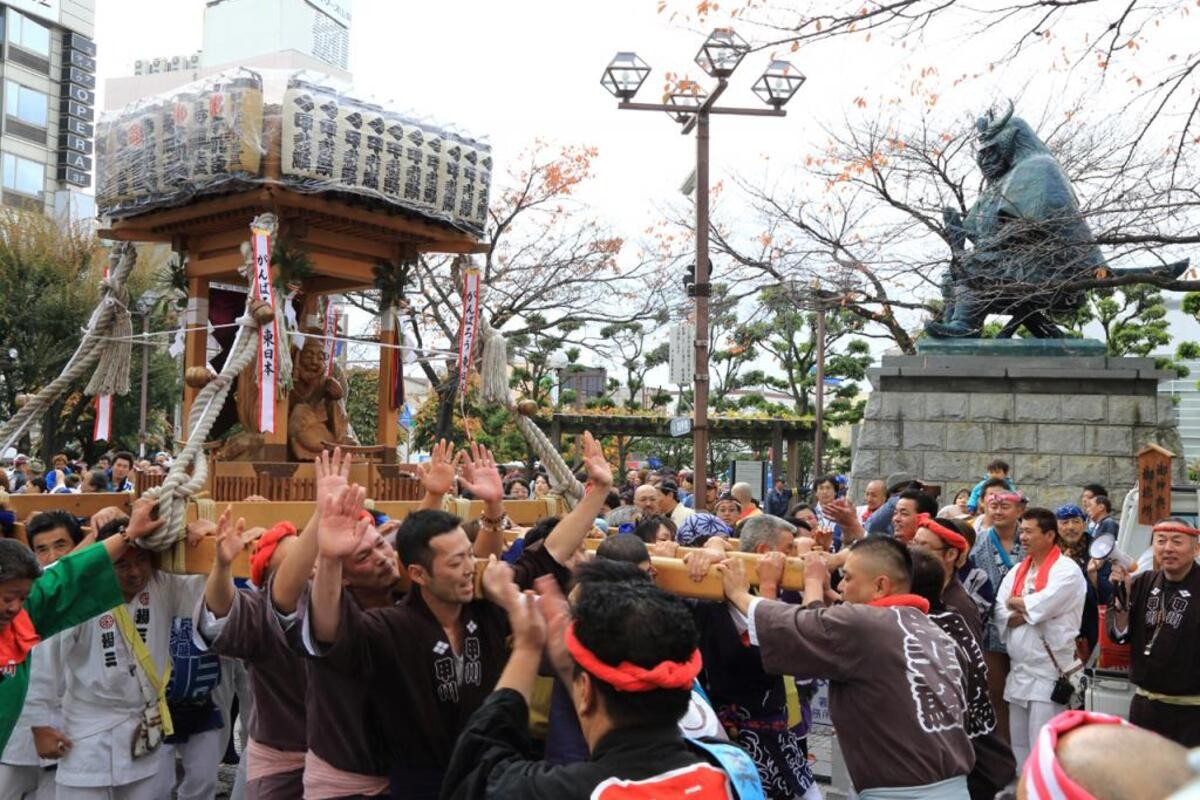
The Kofu Ebisu-ko Festival has a history that dates back to the early Showa era, deeply rooted in the lives of the local people. Initially, the festival was held to show gratitude for the success of business by offering huge sales, but nearly a century later, it continues to thrive with a variety of events including stage shows, local gourmet food stalls, parades, and mikoshi (portable shrine) processions. The festival not only promotes commerce but also contributes to the overall revitalization of the community.
- Event Period: Every year in mid-November
- Location: Kofu City downtown area (Kasugamall and Paraka Parking Lot)
- Access: About a 12-minute walk from Kofu Station
- Official Website (Japanese): https://www.city.kofu.yamanashi.jp/welcome/saijiki/11gatu.html
Consider Charter Bus Services for Comfortable Travel

If you're considering attending one of the events or festivals mentioned above, we recommend using a charter bus service for a comfortable journey. In addition to airport transfer plans from major airports like Narita and Haneda, there are also options where you can specify multiple pick-up and drop-off locations. This eliminates the need for ticket reservations and schedule checks, offering a safe and hassle-free travel experience.
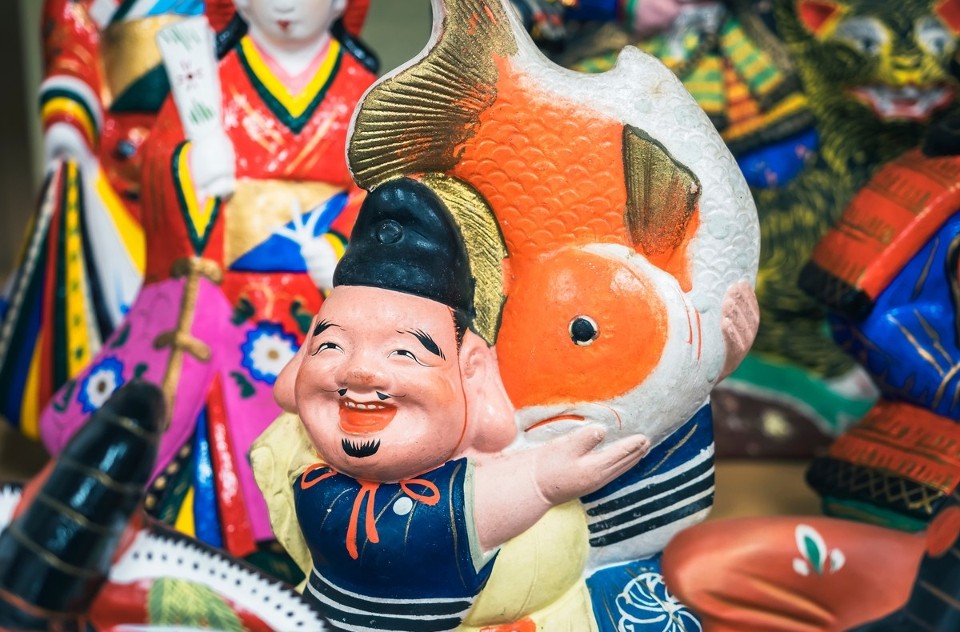

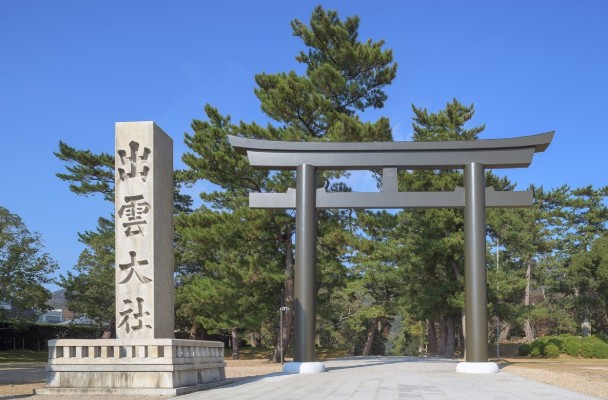
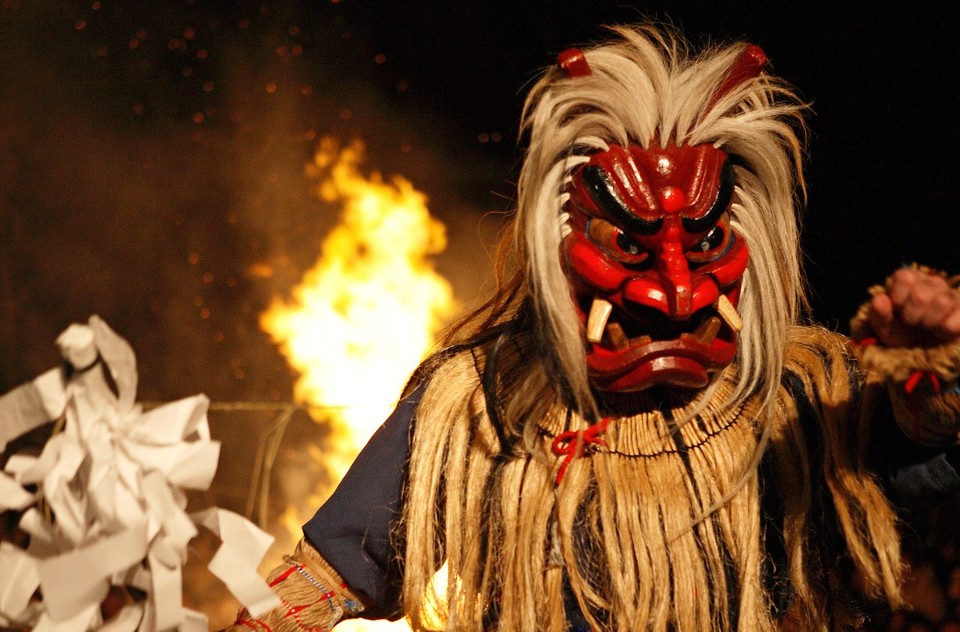
Comments